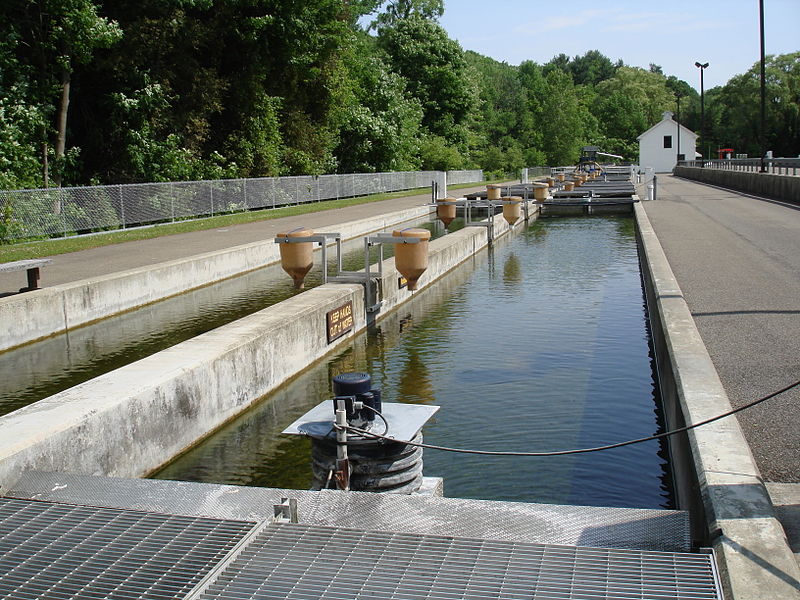
Despite efforts by the hatchery welfare state supporters to question all the science that shows hatchery fish harm wild fish, new research shows that hatchery raised fish are negatively affecting wild runs.
Every spring, hatcheries in Alaska release more than a billion year-old pink and chum salmon. The fish spend a year out at sea growing up before they return to be caught by the state’s fishing fleet. At least, that’s how it’s supposed to work.
Of the roughly 1.8 billion fish released each year in the state, about 100 to 200 million make it back from the ocean. Of those that survive to adulthood, fishers catch almost 99 percent. Inevitably, though, some salmon evade the nets and make their way into local rivers and streams to spawn alongside their wild relatives.
There are concerns that these hatchery-raised fish might be negatively affecting wild salmon populations, either by disrupting their spawning, or by breeding with them and weakening the gene pool.
LINK (via: Hakai Magazine)






Hatchery releases typically return at a fraction of 1% (.002 or two returning fish per 1000 released). The claimed return rate of 5%-10% is 20 to 40 times greater than the actual return rate. Further, fishers (recreational, tribal and commercial) do not catch anything like 99% of returning adults. Of course, catch rates in that neighborhood are the reason there are almost not wild fish left since they migrate with the hatchery fish — gill net are not selective so if hatchery fish are being caught at 99% so are wild fish leaving only 1% to provide for future generations.